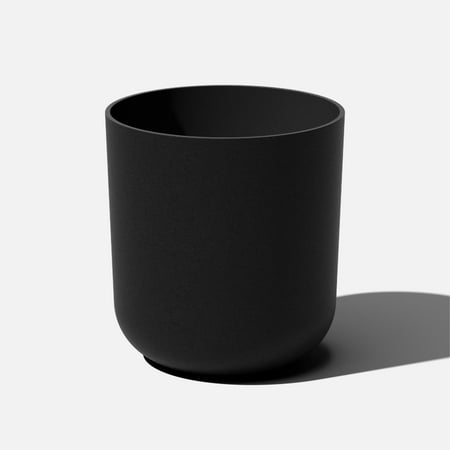Best evergreens for small front yards – 5 expert recommendations for year-round greenery
Utilizing evergreens is a clever way to maintain interest whatever the season, and these 5 options will not disappoint
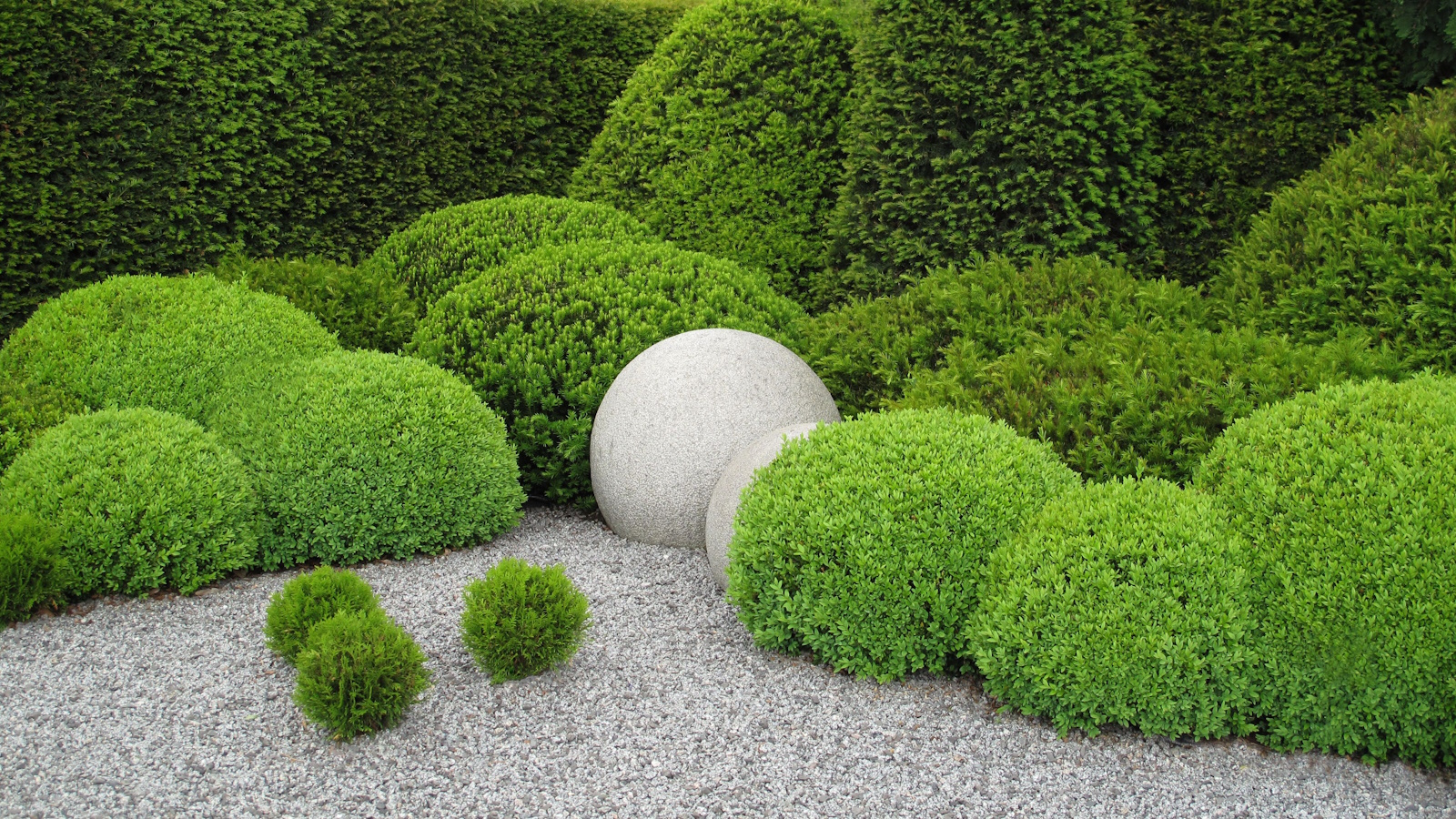

While there are many plants to choose from when landscaping your front yard, utilizing evergreens is an excellent way to guarantee year-round interest, structure and privacy even in small front yards. They may not seem as exciting as perennial upstarts or deciduous shrubs that bloom in spring and summer, but evergreens can be relied upon to keep your plot green no matter the season.
What's more, evergreen hedging, shrubs and topiary are great for supporting wildlife, providing shelter and protection for birds and small mammals during the colder months. Think daphne domes or holly hedges that not only look good but are ideal evergreen homes for local robins and sparrows.
Fortunately, many evergreens are considered to be some of the best front yard plants for lush, resilient and tranquil spaces. Here, I share five of the best evergreens for small front yards.
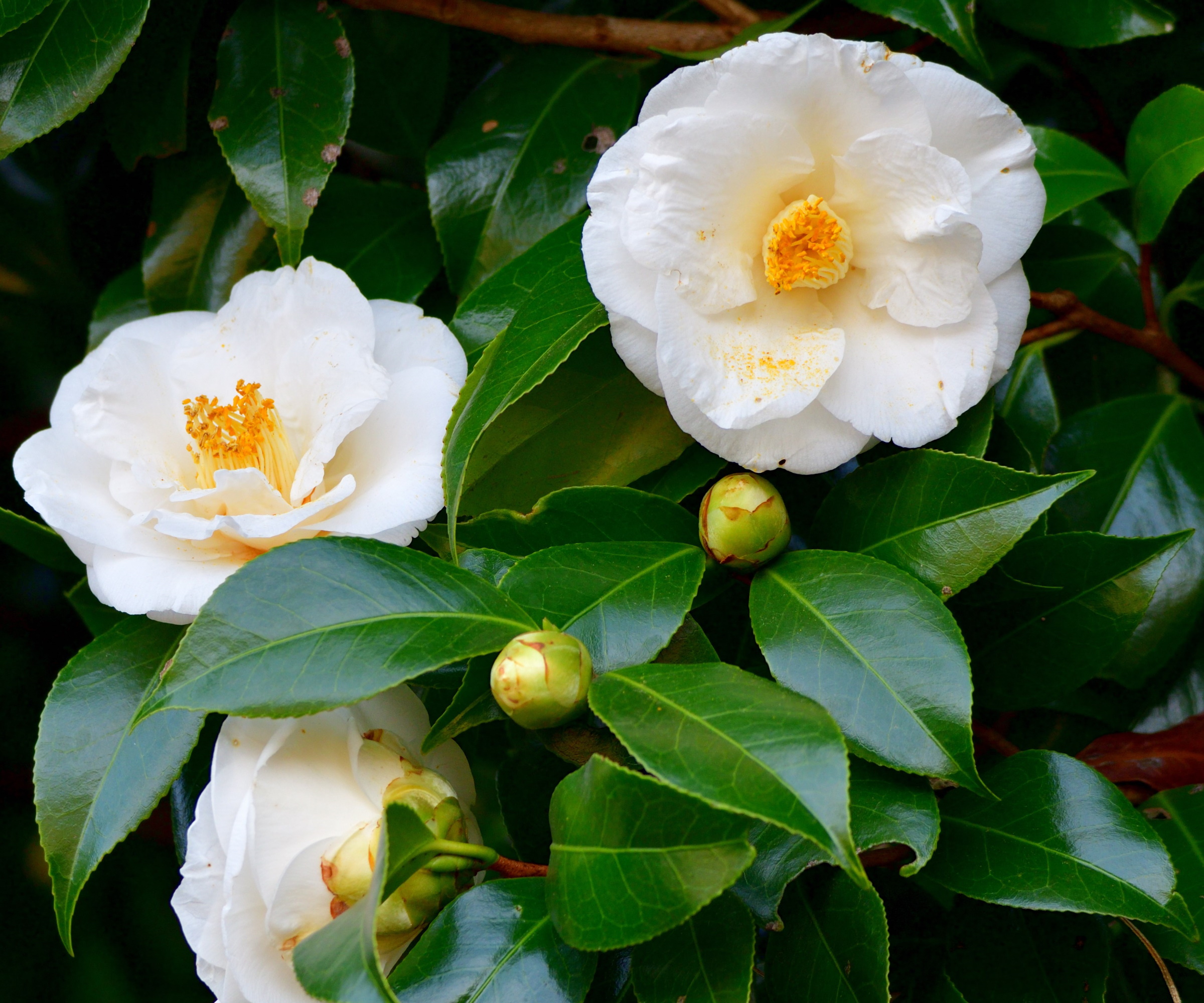
Best evergreens for small front yards
Evergreens are low-maintenance and resilient plants to consider as part of your garden ideas and design plans. While you might think of evergreens as supporting acts that form a backdrop for other more interesting blooms, they can also take center stage.
In smaller yards, knowing when to trim evergreen bushes is important, as regular pruning will keep them compact and in the desired shape and form. Generally, early spring and late summer to early fall are considered optimal times for pruning, but this will vary from species to species.
1. Yew
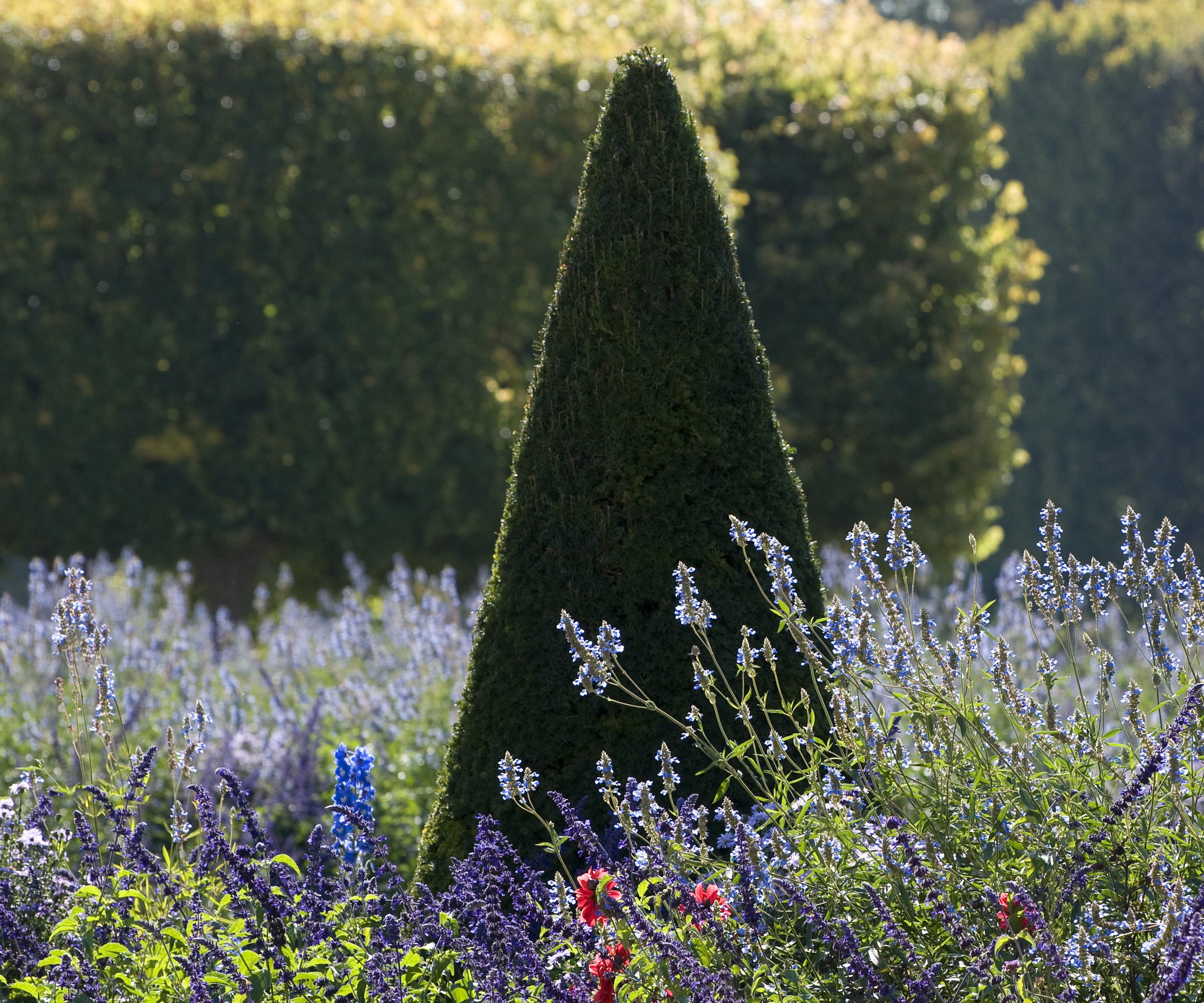
When landscaping with evergreens, yew is a versatile and reliable plant to opt for. Yew, or Taxus, grows best from US hardiness zone 4 to zone 8 and will thrive in both sun and shade. Yew responds well to regular shaping and pruning, usually completed in summer and early fall, making this dense evergreen well-suited to smaller yards.
There are many varieties of this classic evergreen conifer, although one native species to consider is Taxus brevifolia, commonly known as the Pacific yew or western yew. As with all yew trees, the dark green foliage is evergreen and in the winter months, vibrant red berries are produced, adding a splash of color to the yard when much else is dormant. Pacific yew seed berries can be bought online from Amazon.
If left unpruned, many yew species can reach a height of 4-65 feet, often developing natural, organic shapes and tending to have a willow-like appearance. If you are concerned about the level of maintenance required, opt for a dwarf variety, such as Taxus baccata 'Standishii', which will grow no bigger than three feet tall and is well suited to smaller yards.
Most commonly, yews are used to create front yard hedges for privacy, planted closely together and clipped into smart shapes. Yew is a much-used alternative for boxwood, Buxus, which suffers from box tree moth and other pest attacks. In general, yew is relatively pest and disease-free, making it a low-maintenance evergreen to use in any front yard.
Yew plants are available to order online from Nature Hills.
2. Pittosporum
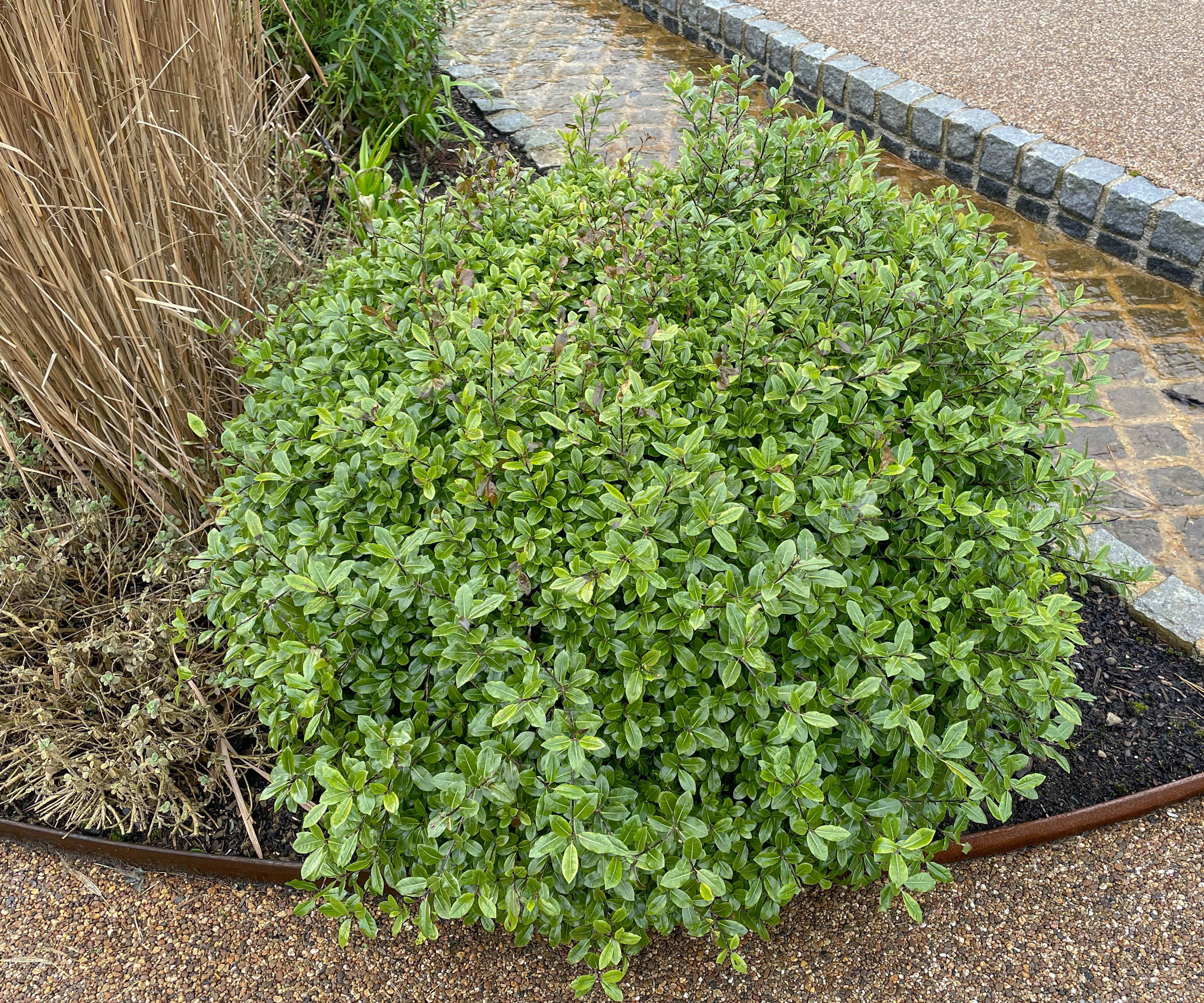
Considered some of the best fragrant hedge plants, pittosporums are evergreen shrubs that I have grown and cared for in many different gardens across the UK. Growing best in US hardiness zones 8 plus, these evergreens are well suited to sheltered front yards or warmer regions.
There are many different species and varieties of pittosporum, so be sure to choose one that suits your needs. Some can grow up to 15 feet tall, while there are also many dwarf varieties, such as Pittosporum tobira 'Nanum' which will only grow to a height of three feet and are ideal for smaller spaces.
Pittosporums have a slightly looser structure than yew or box, but you can still use this plant family for topiary creations in smaller spaces. As the image here shows, cloud or dome pruning can be done to great effect, typically completed in spring to late summer. I would recommend two to three cuts per growing season, to keep your evergreen pittosporum compact and dense, and prevent it from turning woody.
One of my favorite species that I have grown when working as a professional gardener is Pittosporum tenuifolium. The evergreen foliage is complemented by scented purple or white flowers each year in the spring and summer, more than earning its spot in the borders.
Pittosporum shrubs are available to buy online at Walmart.
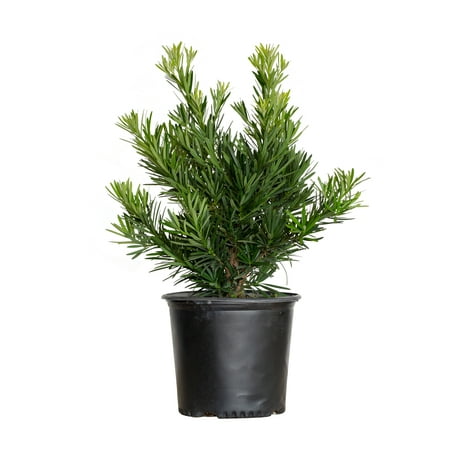
This dwarf yew, Podocarpus macrophyllus, has dark green evergreen foliage and a naturally symmetrical shape. It is grow no bigger than four feet tall or wide.
3. Fatsia
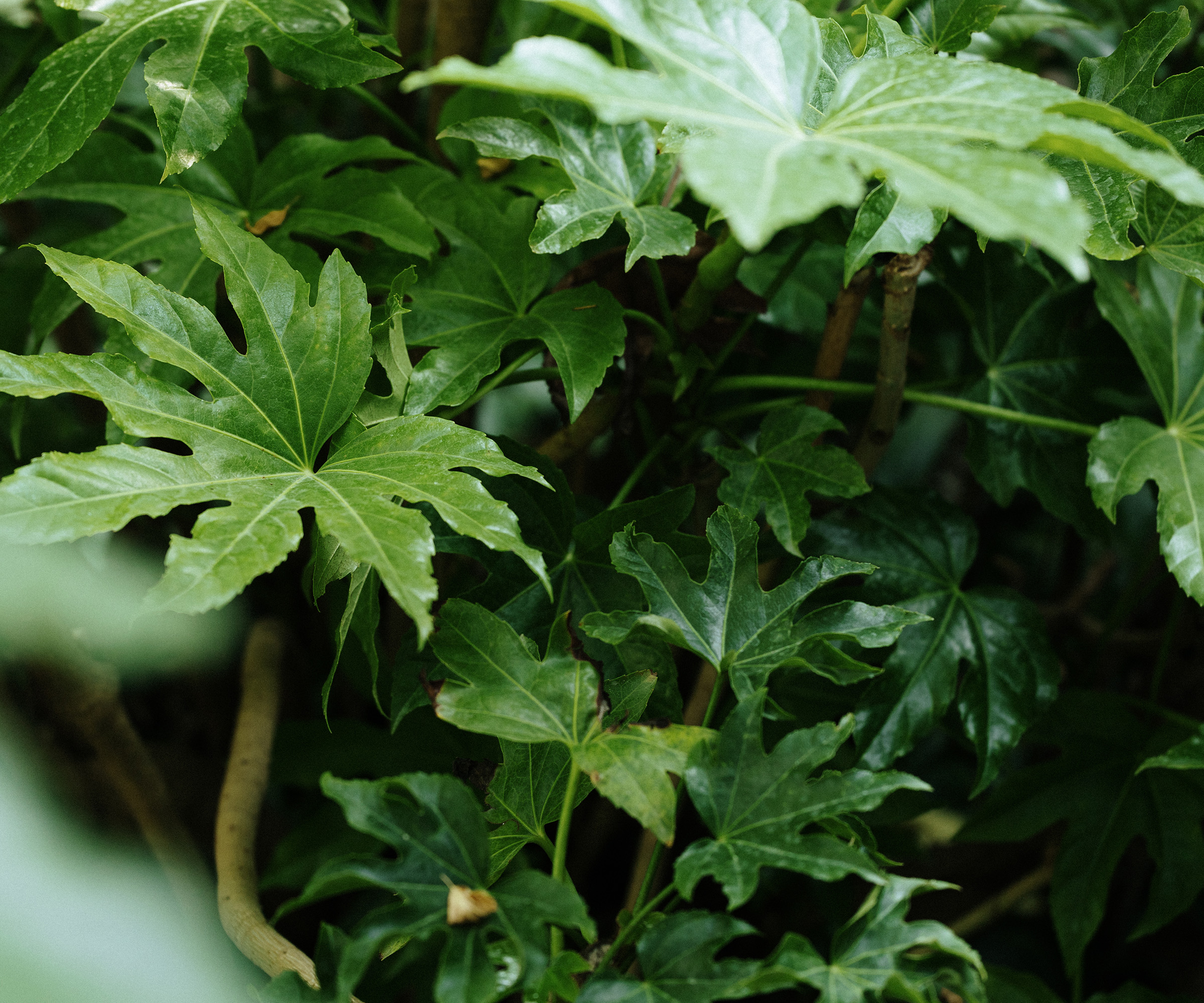
With large, glossy and tropical-looking leaves, fatsia are impressive evergreens that will be sure to elevate any front yard. Fatsia can be grown from US hardiness zone 7 to US hardiness zone 10, with a preference for full or partial shade.
In smaller yards, I would suggest planting one single fatsia as a statement shrub, which will be easier to keep under control with regular pruning while also adding a different tone and texture to your space.
I have grown fatsia in several residential gardens and while they are impressive, they can put on significant growth each year, eventually reaching a height of 10 to 12 feet. Trimming fatsia shrubs is best done in mid to late spring to maintain a compact shape. In my experience, these tough plants respond well to pruning, quickly producing new shoots, so don't be afraid to reach for your pruning snips.
Fatsia shrubs produce unusual cream-white flowers in late summer and early fall, which will help to feed wildlife in your local area and maintain interest at the front of your home.
Fatsia plants are available to order from Amazon.
4. Mahonia
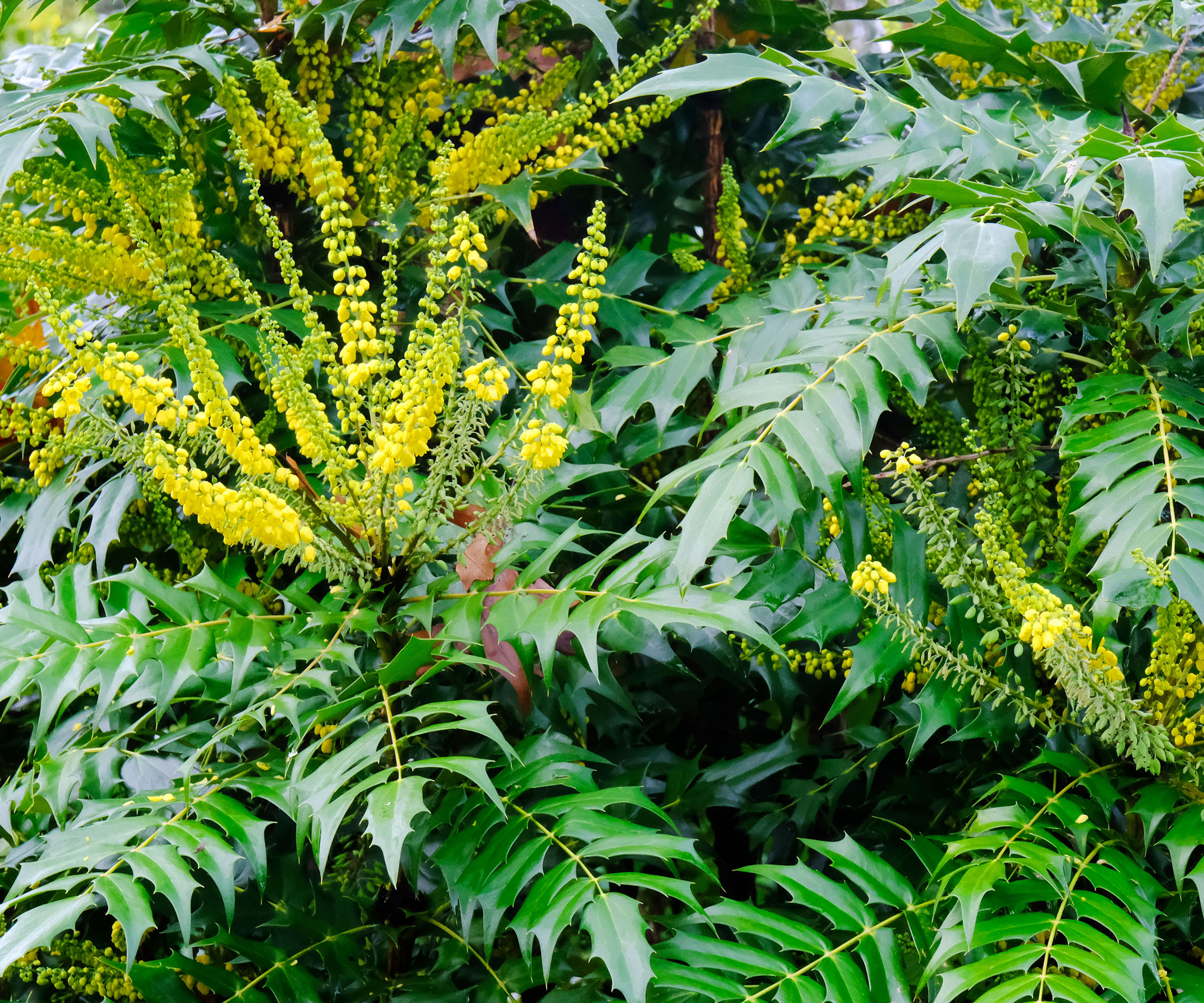
Mahonia are prickly evergreen shrubs that make superb additions to any front yard. All species will provide year-round greenery, while some will also produce fall and winter flowers and berries to add color to your borders.
In small front yards, I would suggest growing a compact, dwarf or low-growing mahonia, such as the Oregon grape, Mahonia aquifolium, which is the state flower of Oregon. This native species has a low-growing form that is ideal for small front yards and when used as an evergreen ground cover. Vibrant yellow blooms are followed by unusual blue-black berries, which will prove popular with local wildlife.
In terms of learning how to grow mahonia, these evergreens can be planted from US hardiness zone 5 plus, thriving in partial to full shade in moist but well-drained soil. Mahonias can grow up to 12 feet tall, making a bold and structural addition to the front of the home, but annual pruning in the winter will ensure that these larger species are kept under control in small spaces.
Another compact variety I have grown in London is Mahonia 'Soft Caress', available from Amazon, which has thornless foliage and delicate thin leaflets, looking particularly effective when planted in a pot next to the front door. This variety will grow no taller than three to five feet, making it well-suited to smaller plots.
5. Camellias
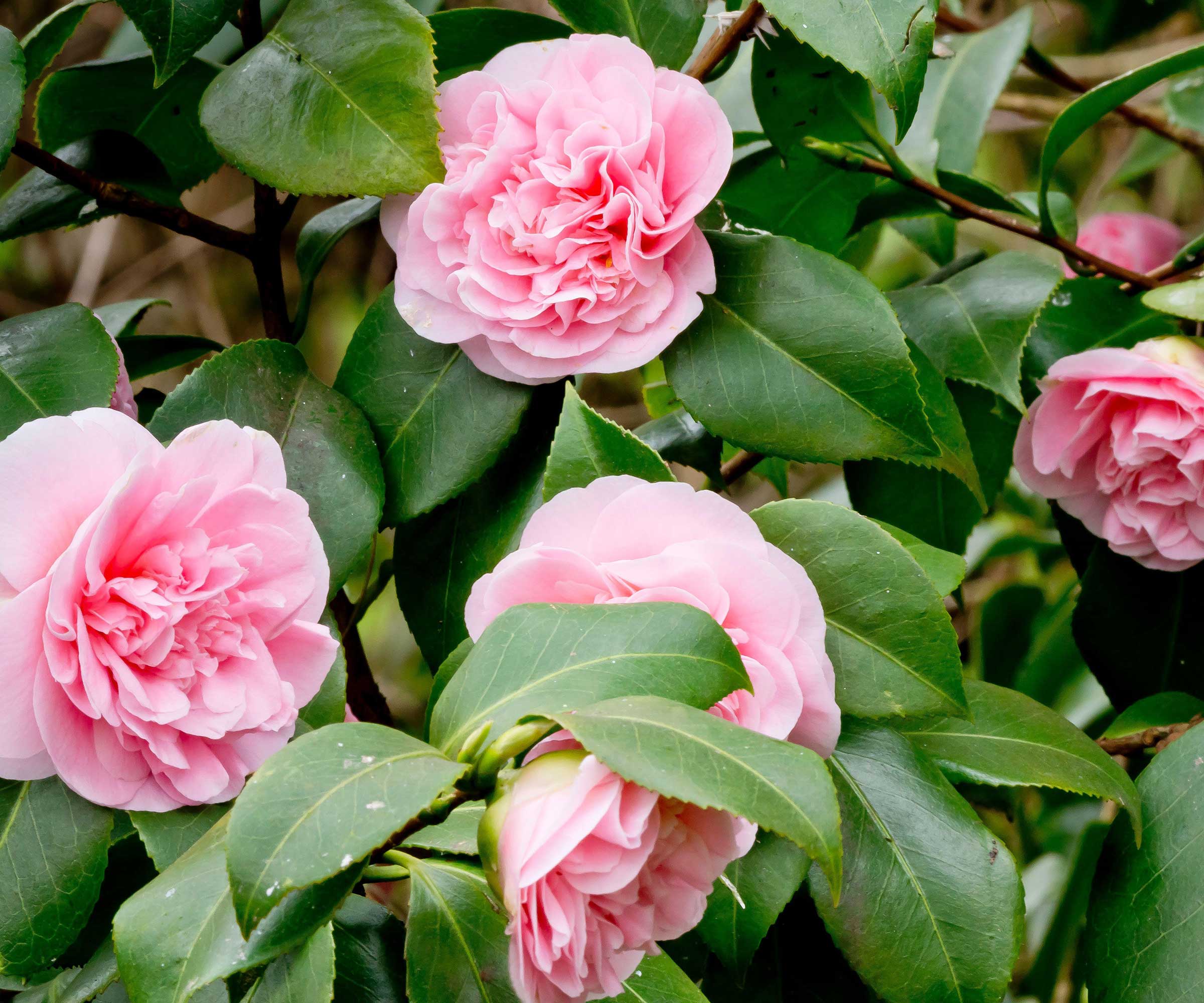
Camellias are ideal evergreens for small yards, growing very slowly and retaining compact shapes. While they can grow to remarkable sizes, reaching 20 to 30 feet tall if left untended, annually pruning camellias in the spring will ensure that your shrubs retain smaller forms.
While it will depend on the species, most are hardy, resilient plants. The Japanese camellia, Camellia japonica, for example, can be grown down to US hardiness zone 6, making them suitable for gardeners in northern regions.
'When considering how to grow camellias, these shrubs do best in partial to full shade,' says Bert Bast, garden expert and owner of Bast Brothers Garden Center. 'Avoid planting in full sun as camellias can struggle with too much heat and light.
'Camellias do not grow all that fast,' Bert continues, 'so, if you can, always opt for a bigger specimen or a desirable size for your yard.'
Camellia starter plants are available from Walmart.
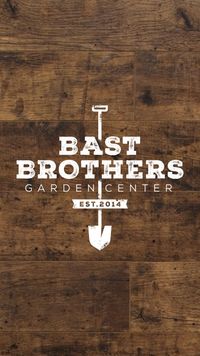
Bert Bast is a garden expert and owner of Bast Brothers Garden Centre. Established in 2014 and nestled in the heart of Mullica Hill, NJ, Bast Brothers Garden Center is a destination for all things garden.
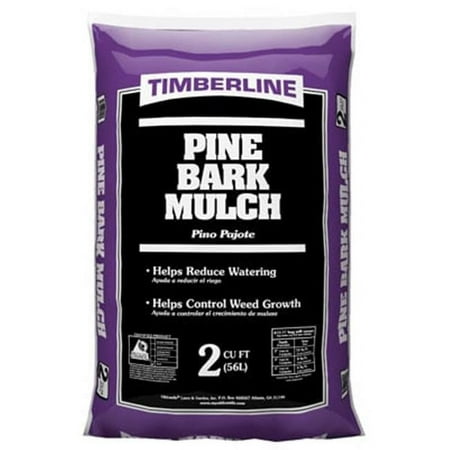
Mulching your evergreens will help to encourage healthy plant growth in the following year. Apply in the fall with a thick layer to feed your soil.
FAQs
When is the right time to plant evergreens?
While this can vary depending on what species you are planting, generally speaking, this is best done between October and April. In my experience, it is best to opt for early fall (October to November) or late winter (March), avoiding the worst of the cold weather. Do not plant in waterlogged or frozen soil, and delay planting if there is a cold snap expected.
In terms of caring for your shrubs and trees, it is a good idea to fertilize evergreens either in the fall or spring, helping to provide the nutrients they need to put on a brilliant green display the following year. Use something like this organic evergreen fertilizer from Amazon, which is specifically formulated to help your yew tree, mahonia shrub or holly bush thrive.
Sign up to the Homes & Gardens newsletter
Design expertise in your inbox – from inspiring decorating ideas and beautiful celebrity homes to practical gardening advice and shopping round-ups.

Thomas is a Content Editor within the Gardens Team at Homes and Gardens. He has worked as a professional gardener for both public spaces and private estates, specializing in productive gardening, growing food and flowers. Trained in Horticulture at the Garden Museum, he has written on gardening and garden history for various publications, including The English Garden, Gardens Illustrated, Hortus, The London Gardener and Bloom. He has co-authored a Lonely Planet travel book, The Tree Atlas, due out in 2024.
-
 Kylie Jenner, Tommy Hilfiger, and Lenny Kravitz transform their homes with prints – the London Original Print Fair Director has a method that makes their look 'accessible and affordable' in your home
Kylie Jenner, Tommy Hilfiger, and Lenny Kravitz transform their homes with prints – the London Original Print Fair Director has a method that makes their look 'accessible and affordable' in your homeCelebrities from the Kardashians to Lenny Kravitz decorate their homes with prints by famous artists, and it's easier to recreate than you might expect
By Sophie Edwards
-
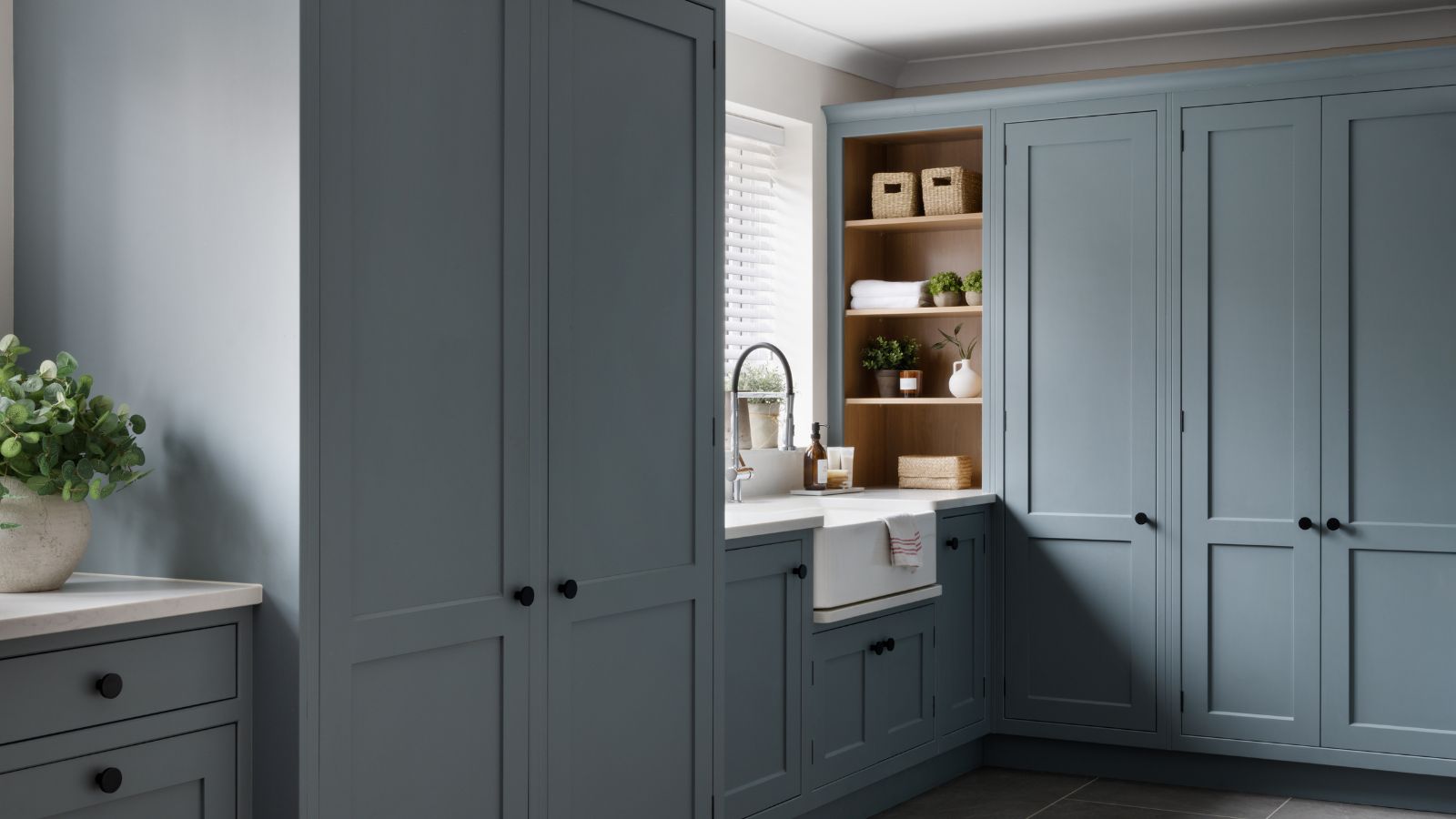 ‘Completion days’ are the answer to laundry doom piles, pro organizer claims – here’s how this hack can instantly stop fresh laundry from piling up once and for all
‘Completion days’ are the answer to laundry doom piles, pro organizer claims – here’s how this hack can instantly stop fresh laundry from piling up once and for allStay on top of your laundry with the 'Completion days' method
By Chiana Dickson
-
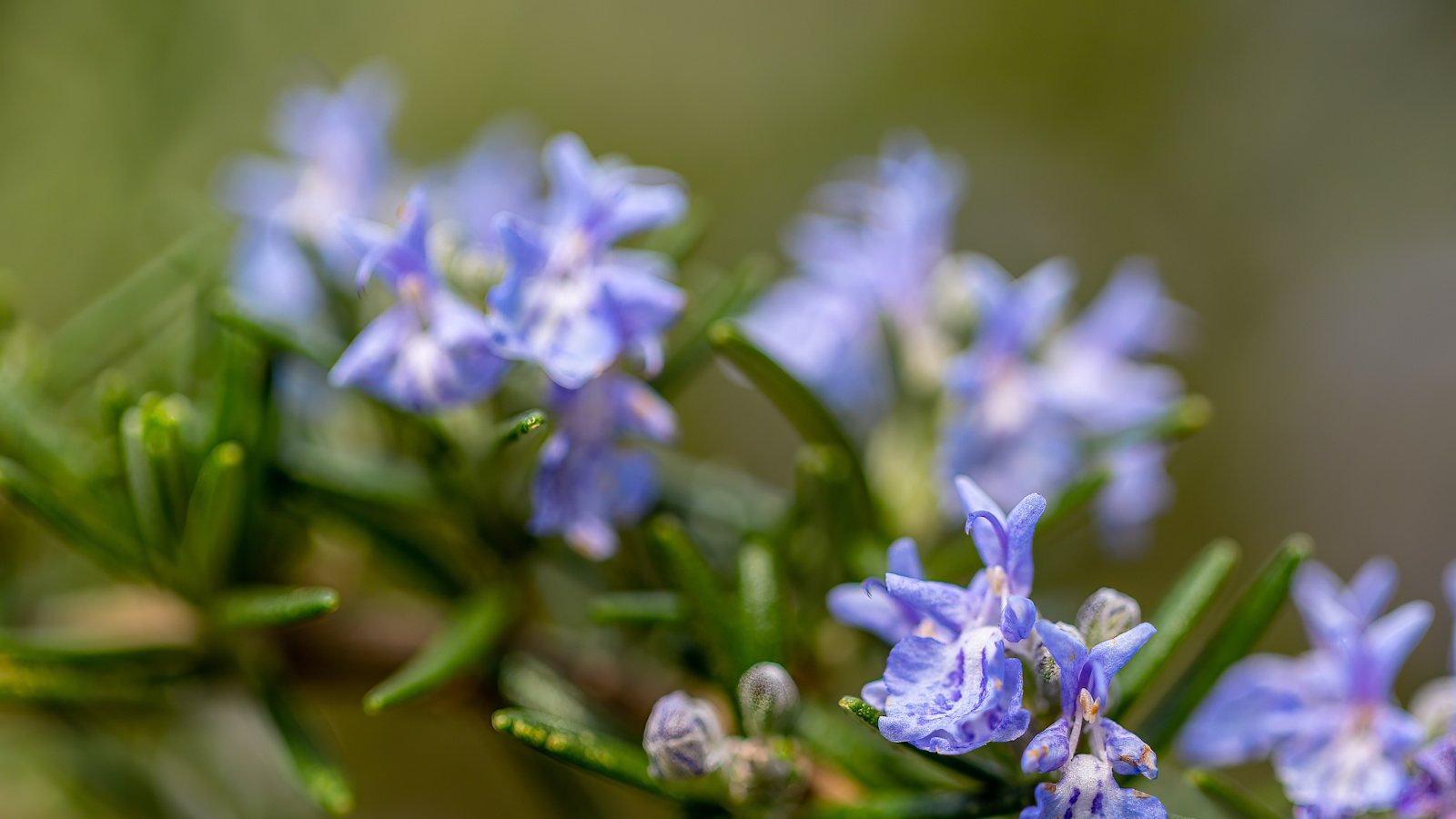 Can you revive woody rosemary plants? Expert pruning advice from a professional gardener to save old, leggy herbs
Can you revive woody rosemary plants? Expert pruning advice from a professional gardener to save old, leggy herbsWith the right pruning approach, old and woody rosemary plants can be brought back to life
By Thomas Rutter
-
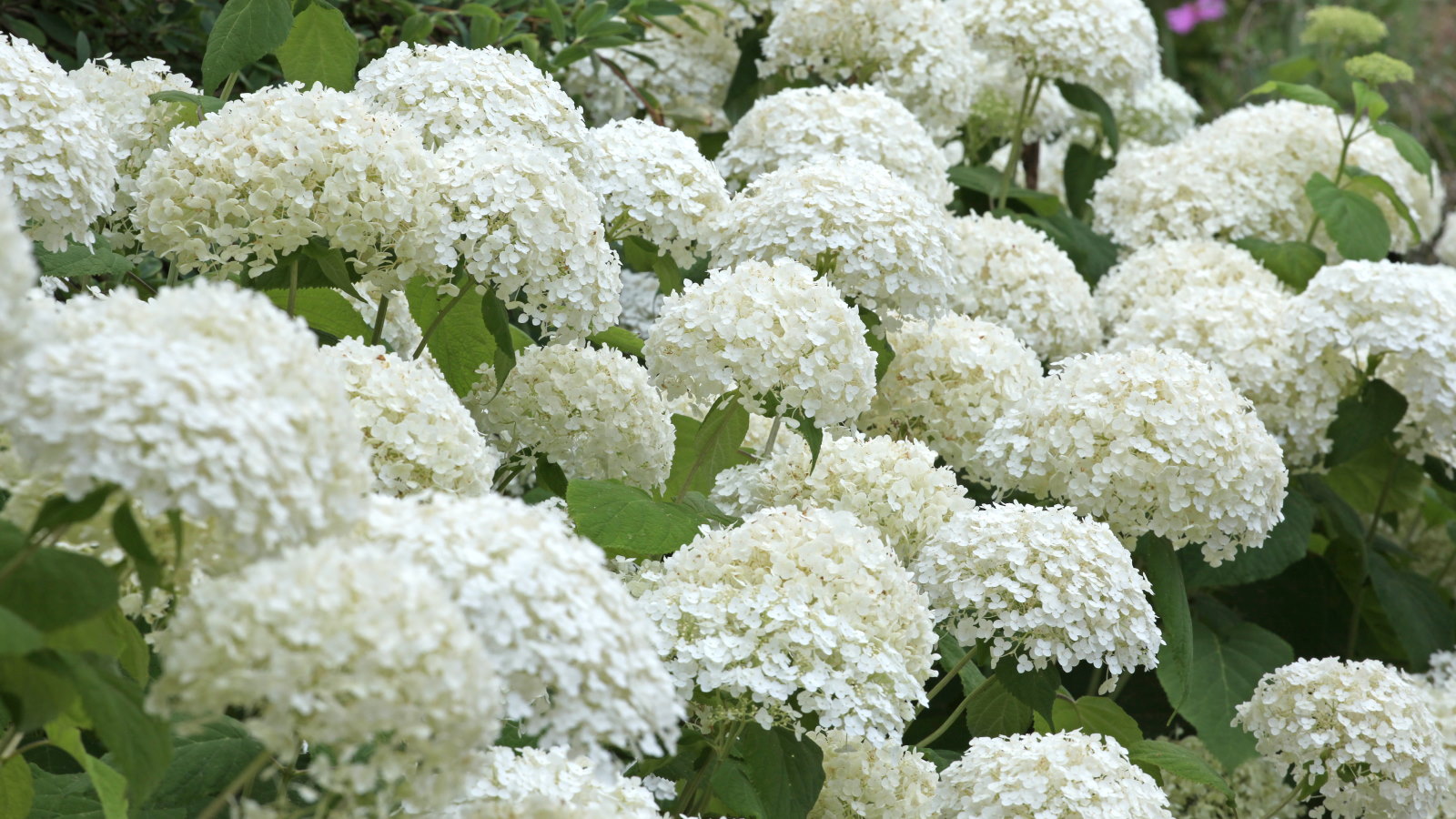 Your hydrangeas will flourish with bigger blooms and healthier growth thanks to this 1 natural material that is easy to use
Your hydrangeas will flourish with bigger blooms and healthier growth thanks to this 1 natural material that is easy to useDiscover why you should be using leaf mold to mulch hydrangeas
By Drew Swainston
-
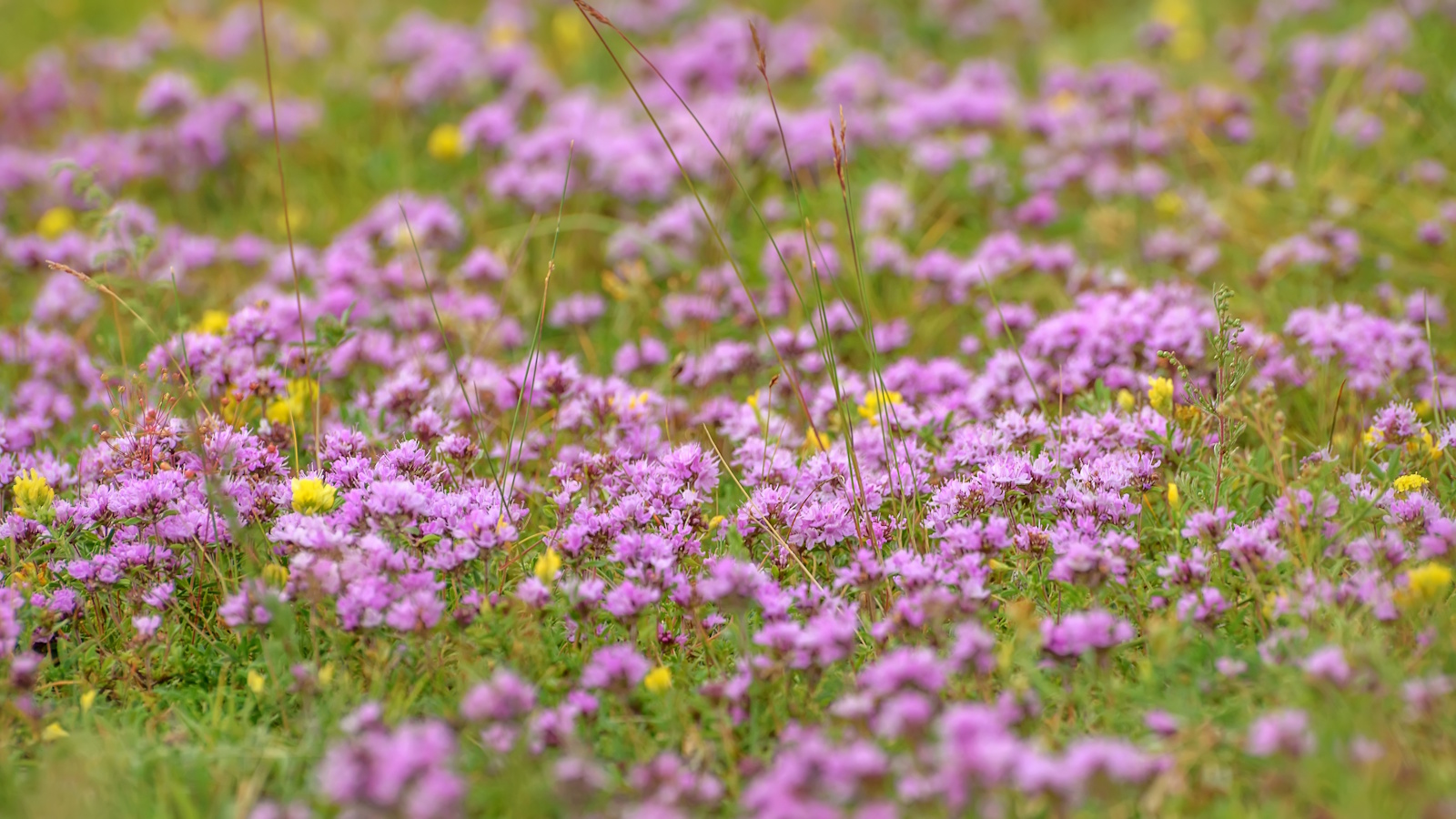 5 fast-growing tiny flowers – expert recommendations to fill your pots and borders with color in record time
5 fast-growing tiny flowers – expert recommendations to fill your pots and borders with color in record timeThese fast-growing tiny flowers prove that miniature can also be marvelous
By Thomas Rutter
-
 How to grow sassafras – for a low-maintenance native tree that can even be planted in shady yards
How to grow sassafras – for a low-maintenance native tree that can even be planted in shady yardsFor an easy-to-grow North American tree, you will not find much better than sassafras
By Thomas Rutter
-
 How to grow crepe myrtle in pots – and transform even the smallest of yards with dazzling flowers this summer
How to grow crepe myrtle in pots – and transform even the smallest of yards with dazzling flowers this summerGrowing crepe myrtles in pots will inject splashes of brilliant color into your outside space
By Thomas Rutter
-
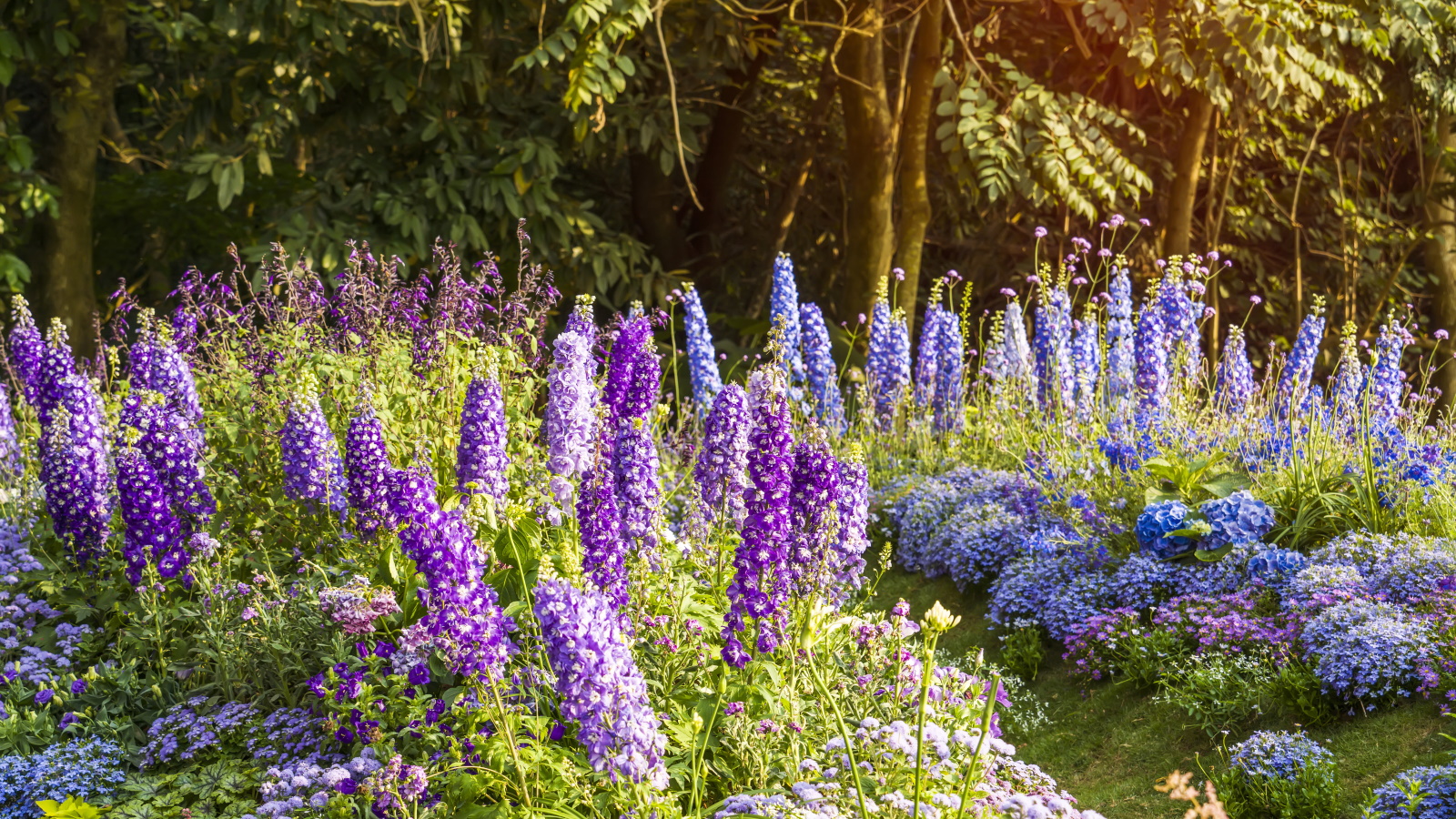 Best types of delphiniums – 14 stunning varieties for vibrant flower spikes in your yard
Best types of delphiniums – 14 stunning varieties for vibrant flower spikes in your yardPlants Here are our top types of delphiniums for brightening summer borders
By Holly Crossley
-
 How to grow impatiens – garden experts reveal the secrets to growing this shade-tolerant, sparkling summer plant
How to grow impatiens – garden experts reveal the secrets to growing this shade-tolerant, sparkling summer plantBoth 'Busy Lizzie' and 'New Guinea' impatiens can thrive in shady yards
By Ellen Wells
-
 How to grow astilbe – expert advice on cultivating this shade-tolerant flowering perennial
How to grow astilbe – expert advice on cultivating this shade-tolerant flowering perennialShade-tolerant and pest-resistant - astilbe are hardy and tough perennials that can thrive in many settings
By Ellen Wells
